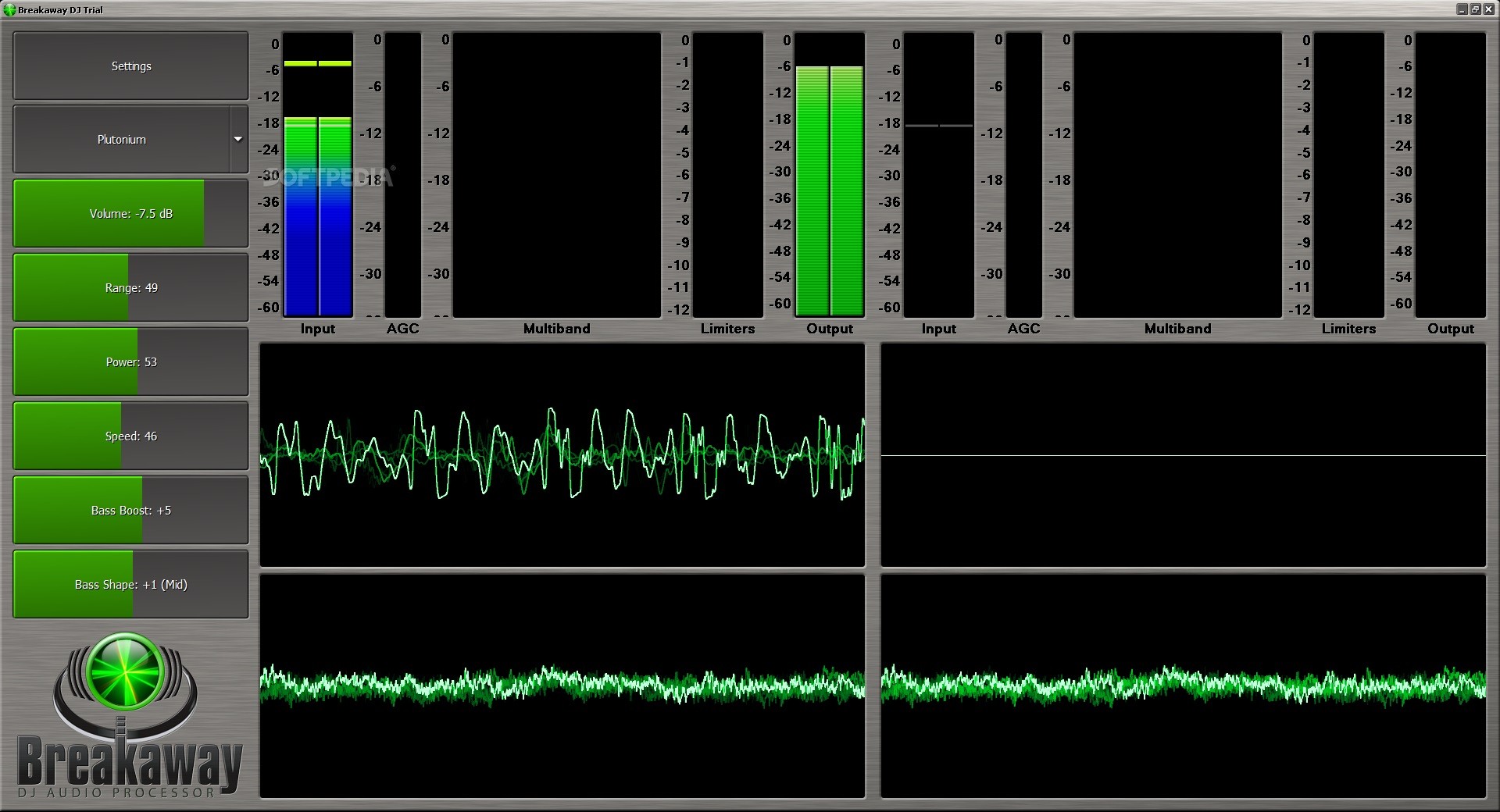

- #GRANNY IN PARADISE WIKIPEDIA INSTALL#
- #GRANNY IN PARADISE WIKIPEDIA PC#
- #GRANNY IN PARADISE WIKIPEDIA WINDOWS#
That’s why we used Reaper as a plugin host (maybe there were other programs to do this job as well, but Reaper should work too). In addition he wants to make use of some VST plugins for his main music player, which is OTS.
#GRANNY IN PARADISE WIKIPEDIA PC#
🙂Īs far as i know, his primary objective is to “catch” all the audio sources that may come up on his PC and send it to BAE as the final sound processing unit. I am Erik, the guy who wants to help Mike to get his sound system configured. This reply was modified 2 months, 4 weeks ago by Milky. Now the path would be – Audio codec > EQ (Flat) > DSP (Turned off) > BA1 Virtual Audio Cables as Ots output > VST/SFX > BAE/DSP > selected BA1 output device if you want the SFX to be modified by the BA1 presetĪlternatively Audio codec > EQ (Flat) > DSP (Turned off) > BA1 Virtual Audio Cables as Ots output > BAE/DSP > VST/SFX > selected BA1 output device if you do not want the effects double processed. You still don’t get the input option you want in Ots (and never will), but you get it at the later stage once Ots has passed the signal on to VAC. I can’t see why you couldn’t do the same thing, assuming that VAC is visible as an output device in your effects program.īreakaway Audio Enhancer’s big brother, Breakaway One, has the ability to add VSTs, so it would be possible to add the effects VST into BA1, and mix all your SFX at the pre- or post-DSP stage. This means that I can play Ots and also play a record and both would be heard at the same time, because they share the same VAC. I think that I mentioned this in my studio setup, where I have Ots and the output from a phono preamp/analogue to digital converter defined simultaneously.

VAC is not fussy where its music comes from, and it is possible to define the one cable in multiple programs. Nor is there an input point option in BAE, other than VAC, which should be visible to other programs, such as the one you are using for effects. You are trying to inject SFX into Ots to piggy-back along with the music, but there is nowhere that you can insert them, because there is no defined INPUT point in Ots. Now the path is – Audio codec > EQ (Flat) > Ots/DSP (Turned off) > BAE Virtual Audio Cables as Ots output > BAE/DSP > selected BAE output device This captures the output from Ots DSP stage (which should be turned OFF to avoid double processing) and routes it through BAE’s own DSP, and then on to the selected output device. The way that BAE works is to define a Virtual Audio output device (Virtual Audio Cables or VAC) which is visible to Ots as a selectable output device. The first three steps in this process cannot be separated, because the paths are locked into the Ots program. So the path is something like – Audio codec > EQ > DSP > selected Ots output device.
#GRANNY IN PARADISE WIKIPEDIA WINDOWS#
It then passes it through the Ots Graphic Equalizer settings and on to the Dynamics Processor settings, before handing it to the selected Windows output device. This is because Ots generates the raw audio directly from the selected track at the KERNEL level.
#GRANNY IN PARADISE WIKIPEDIA INSTALL#
If you install Ots out of the box, it will automatically grab the default Windows output device for the processed signal to go to your ears. This is virtually a repeat of my comments on the Ots forum.


 0 kommentar(er)
0 kommentar(er)
